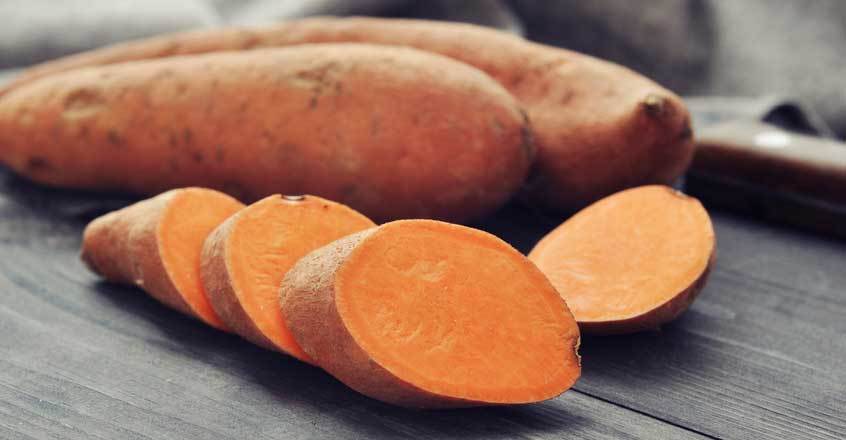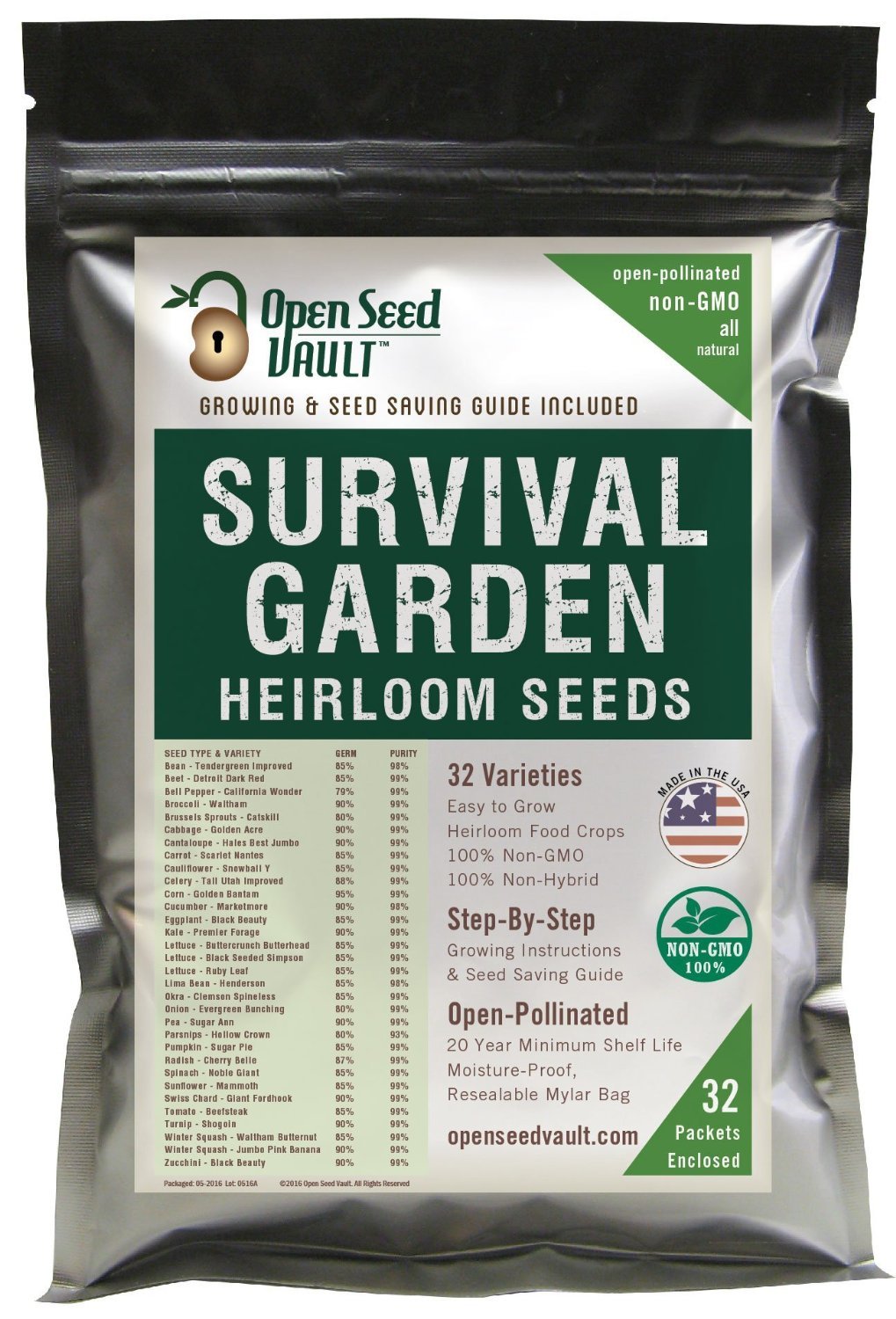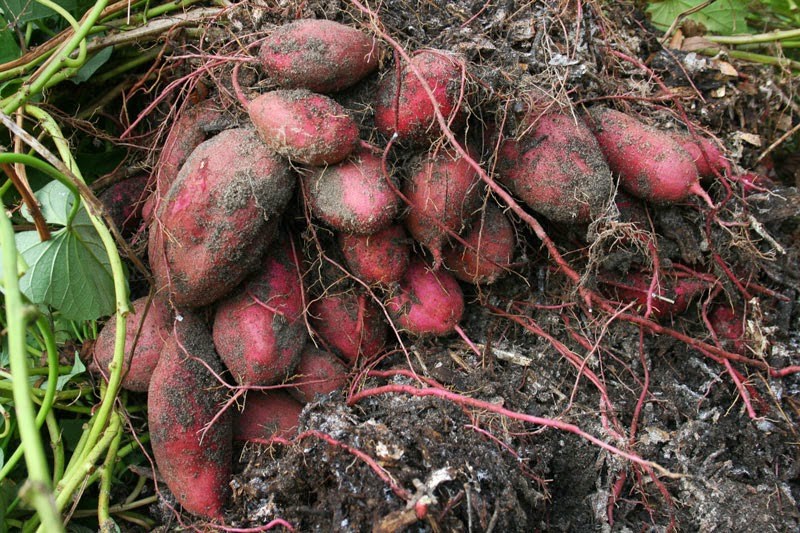5 Things You Need to Go Off Grid Now – Pt. 2
Our last article; the first in this series of 5 things you need to go off grid now, began with the concept of preppers looking for an ideal life of untethering ourselves from “the grid” in an effort to enjoy a more self-sufficient life. To that end, many of us only consider moving to rural land and building homes that depend less on some of the interconnected systems we rely on today. But even if that isn’t possible for most of us currently, we might be wise to plan on going off grid anyway. In a disaster scenario, we might not have any other choice. If the grid goes down due to any one of dozens of possibilities and you aren’t at your perfect survival retreat in the woods, what do you need to consider now that could impact your family’s survival?
The last article covered water primarily because more than almost anything else, water is needed for survival. The average human person can only go for three days without water so in a grid down situation, this will need to be one of the top if not your first priority. If you have water taken care of, the next thing you will need if the grid goes down is food.
Food
After water, our bodies need food for energy and nourishment. When I started prepping; food and water were the first two items I began to consider for the obvious health related requirements, but unlike a survival bunker, stocking up on extra food is an easy thing to do. On top of that, not too many people look at you with a weird expression when you simply purchase a little extra food each trip. I just blamed my children for being pigs… “Man! You just won’t believe how much spaghetti my 6-year-old puts away.”
Each and every one of us eats food every day so it isn’t like we need to plan clandestine trips to the Army Navy store to avoid letting our neighbors know we are prepping. The concept you need to remember is planning for the Grid down scenario where you won’t be able to load up the car and drive over to the local supermarket. If the grid really does go down in a major way, you will need to already have a plan in place for taking care of your food needs both short and long-term. You will not be able to begin your food storage after a disaster.
Stocking up on groceries
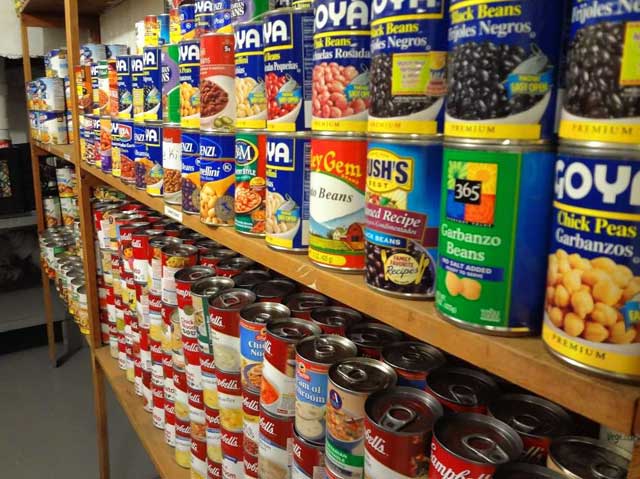
There are many ways you can begin to think about food after a collapse and the simplest short-term solution is to simply stock up on the foods your family already eats. When you go to the grocery store; if you buy 3 jars of spaghetti sauce normally for example, just buy one more. I won’t lie and say that purchasing extra groceries will not cost you more money, but it is the easiest way to build your supplies. For a lot of us, we have more money than time right now. In our imaginary grid-down scenario there will be no power so I would recommend against stocking the freezer only or buying dozens of microwave burritos. In addition to planning your food storage, you have to consider how you will cook this food if the power is no longer working, but I will deal with that in another article.
Long term food storage
When we think about planning for long term food storage, we routinely consider canned foods or foods that have been sealed to prevent spoilage for a long time. You can purchase bulk items like rice and beans and seal them with oxygen absorbers in 5 gallon buckets. This will allow you to store a lot of food for a really long time. Optionally, there are dozens of companies that sell freeze-dried food where they have done the job of protecting the food for you. Of course, this food will cost you more than what you can spend if you do the work yourself, but there are some advantages. You can assume that most of these companies know what they are doing more so than you starting out which may give you comfort in knowing that when you need to use the food you are storing it will have been properly stored and you won’t open up a 5 gallon bucket of rotten rice.
Growing a survival garden
Even if you spend $10,000 on food and you have it locked in your basement, eventually that food will run out. What if the grid is still down when all your food supplies are depleted? To really be in the best shape you can be in when the grid goes down you need to have your own source of renewable foods. The most obvious and understood option is to have a garden. Gardens are not a cure-all though and require a significant amount of up front work, planning and there is a learning curve.
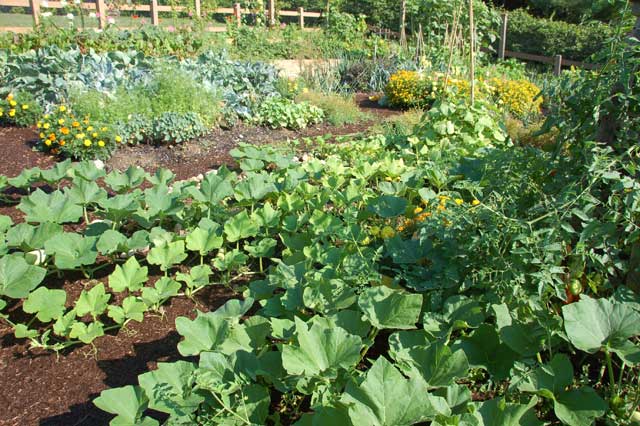
Many preppers I know plan to start their garden when the grid goes down and that is not a good strategy in my opinion for a few reasons. First, simply making a garden plot takes a lot more than a shovel and a rake unless you already have tilled soil that is ready. Most of us have a spot in our backyard where we imagine that beautiful little garden with nice neat, weed-free rows of fresh vegetables. That doesn’t happen overnight and it certainly doesn’t happen without some hard work.

Secret Garden gives excellent tips on growing your own camouflaged food forest to reduce the threat of anyone stealing your food.
Assuming you have a nice plot of land without any grass or weeds, you may need to amend your soil to give it the right nutrients. Composting and adding natural fertilizers help with this but again, that isn’t something you will have on day one. And, probably the best reason against this plan is that those beautiful vegetables take time to grow. You can’t wait until you are hungry and expect to go dig a hole and plant your survival seeds. You could be waiting months for the first fruits of your labor. I recommend starting a garden now. The Farmer’s Almanac says that a 16 x 10 foot garden will feed a family of four with a little left over for canning and freezing. What if your crops fail? I would plan on a much larger garden even though that is more work and the reality of it is you may be looking to convert every single square inch of dirt you have into food production. You will also need to plan on canning supplies and all that goes with that. Gardens do not provide food all winter so you will need to grow enough to eat and put away to last you during the winter months.
Something else to consider is your garden will be visible to anyone walking past your property. A really brilliant alternative would be to use the food forest concept to grow a camouflaged food forest so that your food supplies are less likely targets of wandering hungry people. Rick Austin has a book that introduces these concepts called “Secret Garden of Survival” and I think that is a great place to start.
Raising Livestock
OK, so you have a full pantry and even have a stash of freeze-dried foods under the beds and in the closets. Your garden is underway and you are already seeing the first fruits from your plot of dirt. What about protein?
Assuming you aren’t a vegetarian, meat is on the menu or it would ideally be in a grid down scenario. Sure you could plan on hunting but you will be in competition with everyone else in this grid-down world that is hungry too. I believe in a massive collapse, any wildlife would be quickly depleted and the chances of getting wild game would be slim. Sure, legumes and some grains have protein, but for those of us who like to eat meat there are a couple of relatively simple options to consider in a grid-down world that you can even use now.
Chickens are incredibly easy to raise and take care of. They just need some basic protection from the elements, good quality food and water. In return you will get delicious fresh eggs. At our house I have fresh eggs every morning for breakfast. Raising rabbits is another great option for protein but they will need to be slaughtered and butchered. Rabbits are prolific breeders – a single female has on average 8 kits per litter and their gestational period is about a month. Assuming you start with three rabbits (2 females and one male) you could have well over a hundred rabbits in the first year.
Aquaponics is another option that I think lends itself to an off-grid lifestyle, but it does require power. Raising chickens and rabbits does not.
Tomorrow we will get into the third thing you need to go off grid. Water and food are checked off our list. Can you guess what is next?
Our last article; the first in this series of 5 things you need to go off grid now, began with the concept of preppers looking for an ideal life of

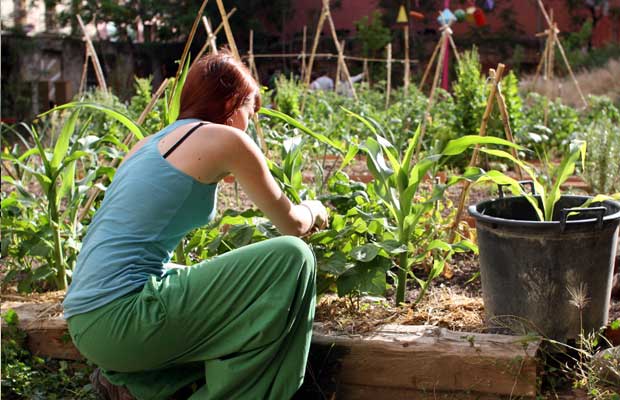

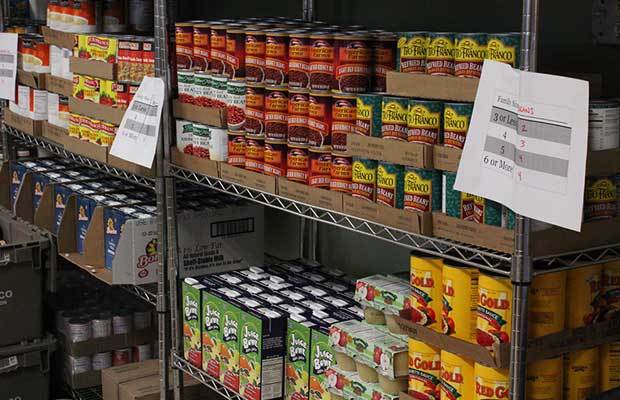
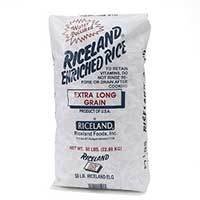
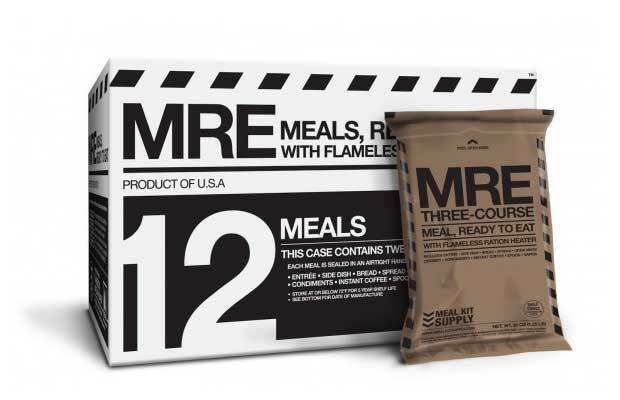
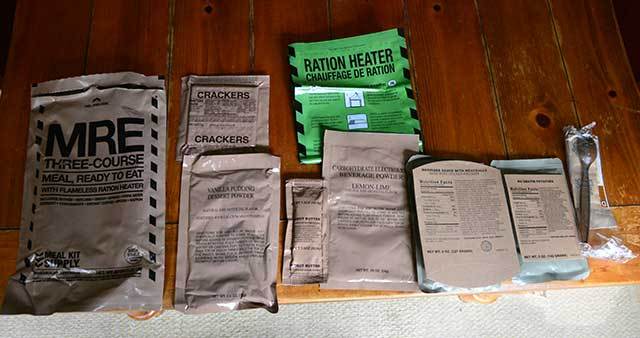
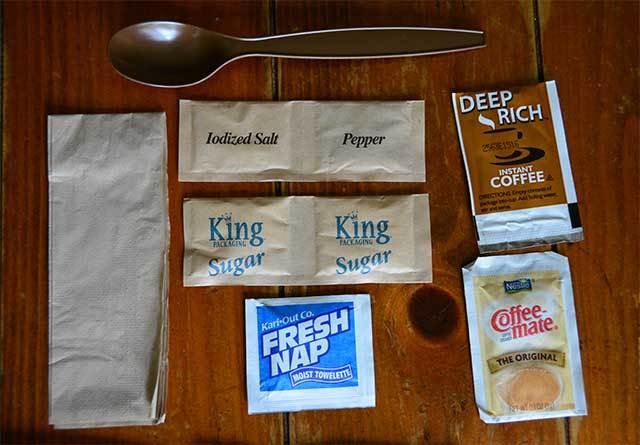 Everything you need plus a big long spoon to reach the bottom of the bag.
Everything you need plus a big long spoon to reach the bottom of the bag.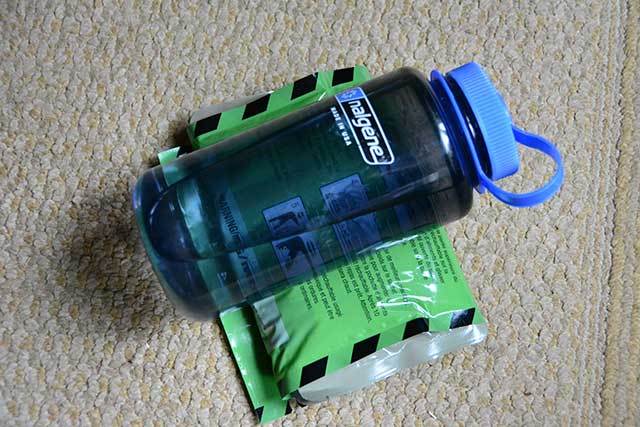 The Ration Heater instructions say that it works best if you place a heavy object on the packet.
The Ration Heater instructions say that it works best if you place a heavy object on the packet. My dog was a big fan of the Meatballs.
My dog was a big fan of the Meatballs.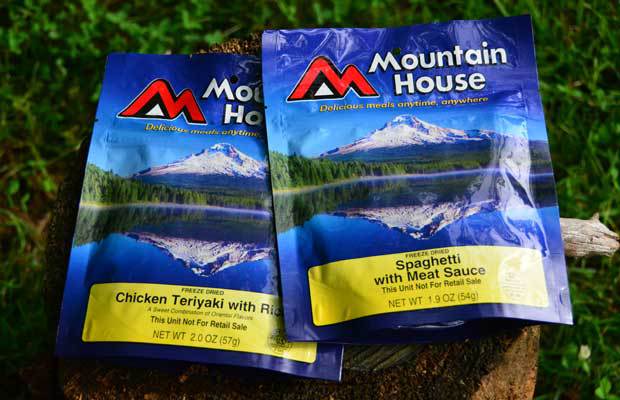
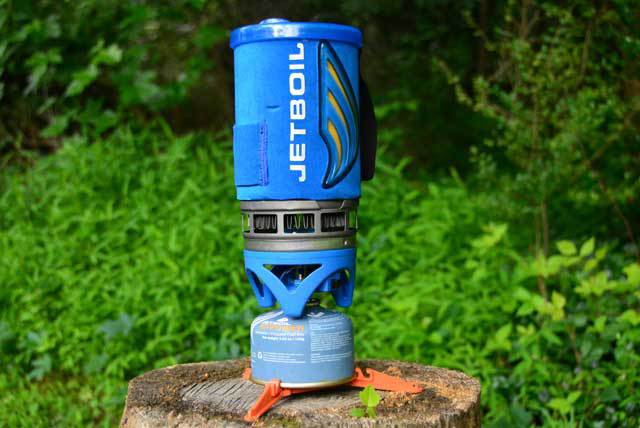
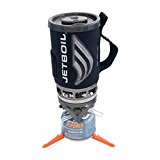
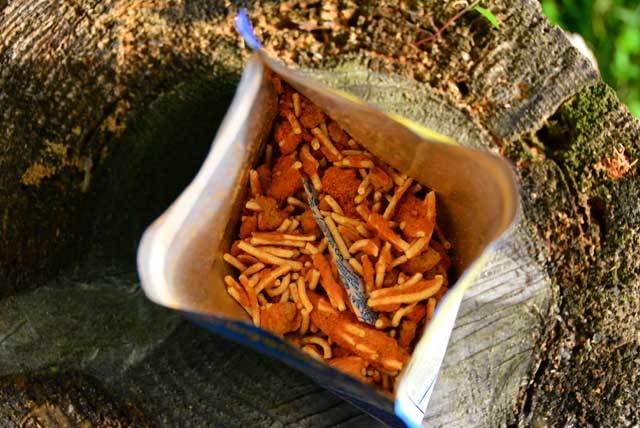
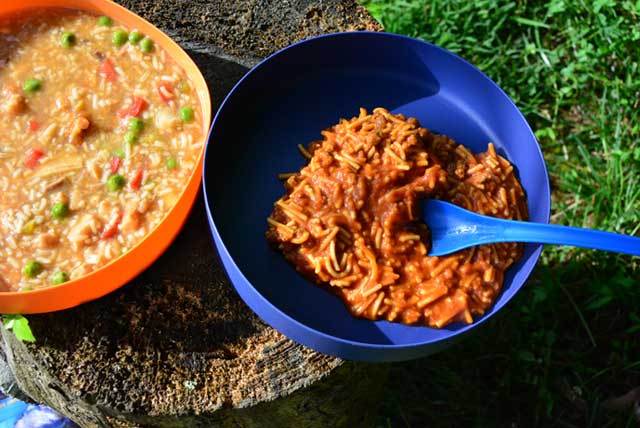

 Preparing for the future requires forethought; the more you accomplish before an emergency event, the less you’ll need to accomplish during or after one. Stockpiling alone, however, can only carry you so far. You must be able to find renewable food sources. Once the SHTF, it will be too late to harvest Ramen at Walmart. Even if you could get your hands on that last brick of tasty noodles, fighting a gang of thugs for looting privileges is not sound tactical advice. If the gangs control your local Walmart, what then? Wouldn’t you rather be able to safely feed you’re your family from home than having to wander the means streets of some post-apocalyptic city scavenging for a nice clean dumpster? So, let’s assume you’ve already taken care of your short-term physical needs. You’ve got plenty of Evian and
Preparing for the future requires forethought; the more you accomplish before an emergency event, the less you’ll need to accomplish during or after one. Stockpiling alone, however, can only carry you so far. You must be able to find renewable food sources. Once the SHTF, it will be too late to harvest Ramen at Walmart. Even if you could get your hands on that last brick of tasty noodles, fighting a gang of thugs for looting privileges is not sound tactical advice. If the gangs control your local Walmart, what then? Wouldn’t you rather be able to safely feed you’re your family from home than having to wander the means streets of some post-apocalyptic city scavenging for a nice clean dumpster? So, let’s assume you’ve already taken care of your short-term physical needs. You’ve got plenty of Evian and 